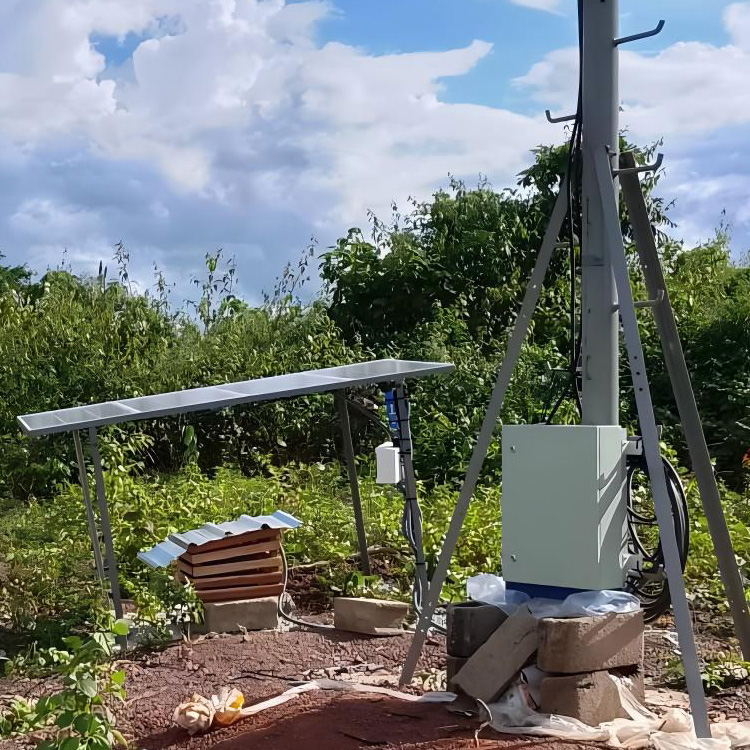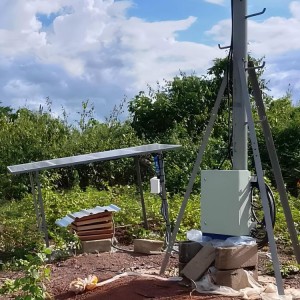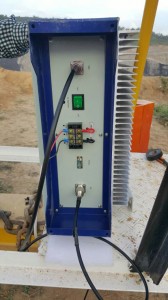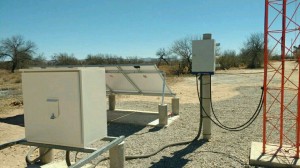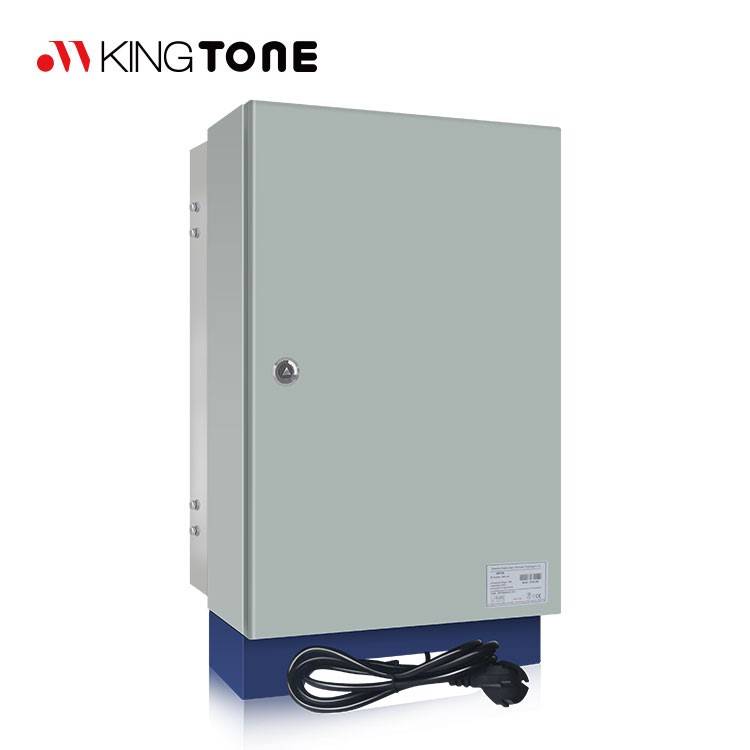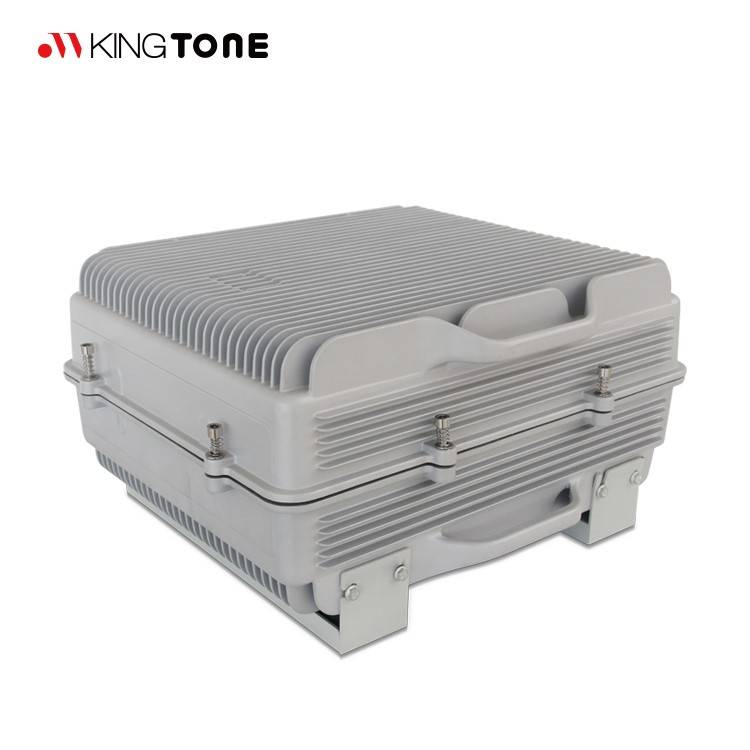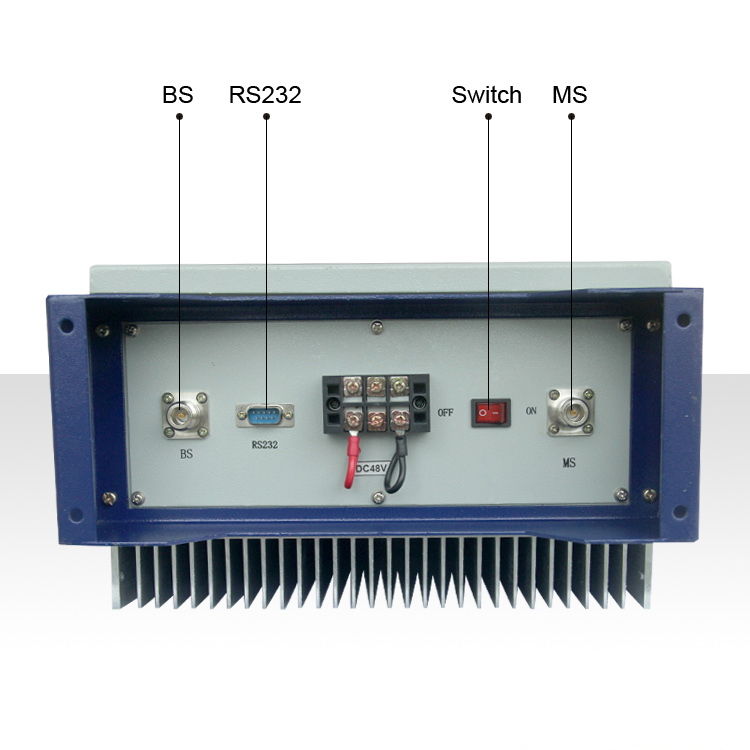 Why need Solar powered cell signal booster for rural areas?
Why need Solar powered cell signal booster for rural areas?
Solar-powered cell signal boosters are necessary for rural areas because of the long distances from cell towers, which cause weak signals, dropped calls, and slow data speeds, exacerbated by terrain. Solar power provides a sustainable, off-grid solution, eliminating the need for grid electricity and offering a reliable power source for the booster’s outdoor antenna to capture and relay signals more effectively.
Reasons for poor signal in rural areas:
- Distance from towers: Cells in rural areas are often far from cell towers, resulting in a weaker signal.
- Terrain obstructions: Hills, mountains, and dense vegetation can block or weaken cell signals.
- Sparse infrastructure: Many rural areas lack the dense infrastructure found in urban environments, leading to less reliable service.
Why solar power is ideal:
- Off-grid functionality: Solar power allows the booster to operate independently of the traditional power grid, which is crucial in areas where grid access is unavailable or unreliable.
- Environmental benefits: Solar panels provide a sustainable, green energy source, reducing reliance on fossil fuels.
- Consistent power: While solar panels are dependent on sunlight, paired with battery storage and appropriate power management, they offer a stable and continuous power supply for the booster’s components, including the outdoor antenna.
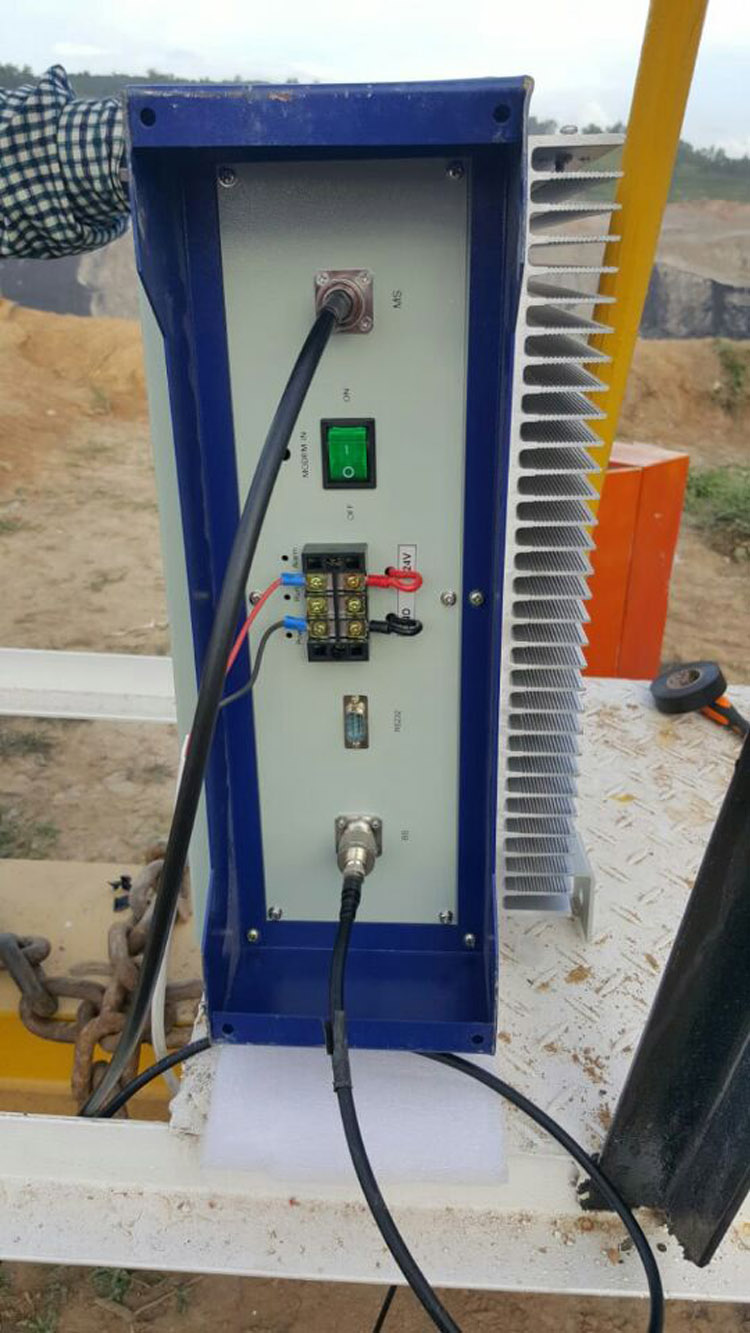
How a solar-powered booster works:
- Solar panels collect energy: Solar panels convert sunlight into direct current (DC) electricity.
- Battery storage: The electricity charges a battery, providing a power reserve for nighttime use or when sunlight is limited.
- Regulated power supply: A power management system regulates the voltage from the solar panels and battery to power the cell signal booster.
- Signal amplification: The booster uses an outdoor antenna to capture weak signals, amplifies them, and then broadcasts them indoors, improving signal strength and connectivity.
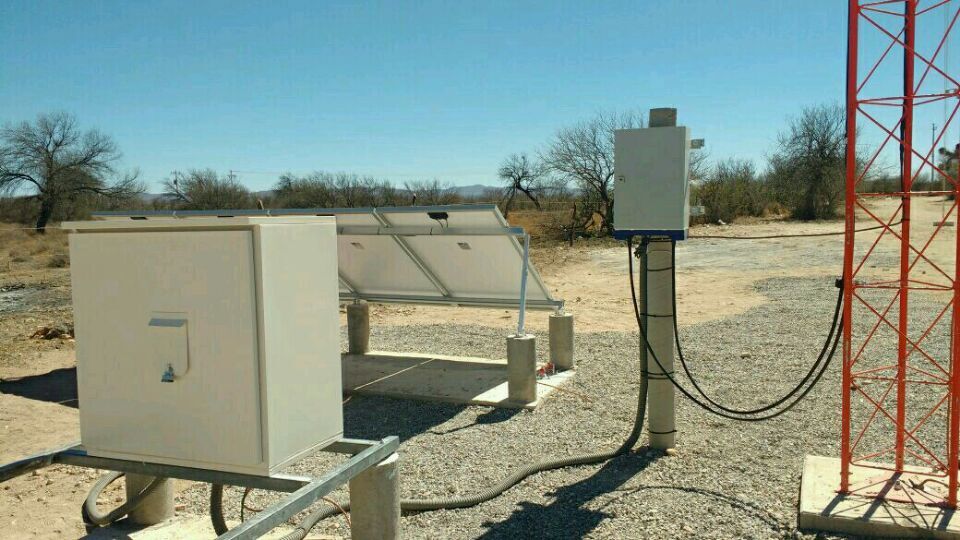
Main Features:
- High linearity PA; High system gain;
- Intelligent ALC technology;
- Full duplex and high isolation from uplink to downlink;
- Automatic Operation convenient operation;
- Integrated technique with reliable performance;
- Local and remote monitoring (optional) with automatic fault alarm &remote control;
- Weatherproof design for all weather installation;
| Item | DC24V Solar Power Signal Booster 20W Village Rural Area Cellular signal Repeater 900 Band 8 Outdoor Gsm Antenna Amplifier | ||
| Frequency Range | Uplink | 890-915MHz | |
| Downlink | 935-960MHz | ||
| OutputPower | Uplink | Min +23dBm - +33dBm +37dBm | |
| Downlink | 33dBm ,37dBm,40dBm,43dBm | ||
| Working Bandwidth | Various bandwidth is available upon request | ||
| Gain | Min. 90dB-95db | ||
| Gain Control Range | 31dB (1dB Step) | ||
| VSWR | < 1.5 | ||
| Ripple in Band | Max +/- 1.5dB | ||
| SpuriousEmissions | 9KHz-1GHz | Max -36dBm | |
| 1GHz-12.75GHz | Max -30dBm | ||
| ACPR | ≤-45dBc | ||
| ≤-55dBc | |||
| RF Connector | N-type Female | ||
| I/O Impedance | 50 ohm | ||
| Noise Figure | Max 5dB | ||
| Group Time Delay | Max 5µS | ||
| Temperature Range | -25 degree Celsius to +55 degree Celsius | ||
| Relative Humidity | Max 95% | ||
| MTBF | Min. 100000 hrs | ||
| Power Supply | DC -24V/ -48V / AC110-230V (+/-15%), 50Hz | ||
| UPS Backup Power Supply (Optional) | 6 hours / 8 hours | ||
| Power Consumption | Max 250W | ||
| NMS Monitor Function | Real-time alarm for Door Status, Temperature, Power Supply, VSWR,Output Power, Gain, Uplink ATT, Downlink ATT and etc. | ||
| Remote Control Module (Optional) | RS232 or RJ45 + Wireless Modem + Chargeable Li-ion Battery | ||


